There is a conspicuous group of tetras in South America, which we will call “humpback tetras”. They have attracted the interest of researchers since the beginning of fish science (ichthyology), but proved to be a very difficult group in terms of their relationship classification. There are three genera of humpback tetras, which can hardly be distinguished purely visually, according to external characteristics: Charax (18 species), Cynopotamus (12 species), and Roeboides (22 species). The most important feature to distinguish them are the teeth. Cynopotamus are the most specialized fish eaters with long, tusk-like teeth, followed by Charax, which probably eat mostly small fish in nature and also have tusk-like but much shorter teeth, and finally Roeboides, which appear to be small animal and scale eaters and have small teeth suitable for rasping. Of course, this is highly simplified, but gets to the heart of the matter. However, some species are so ambiguous in their characteristics that they have already been placed in all three genera over the last 150 years …
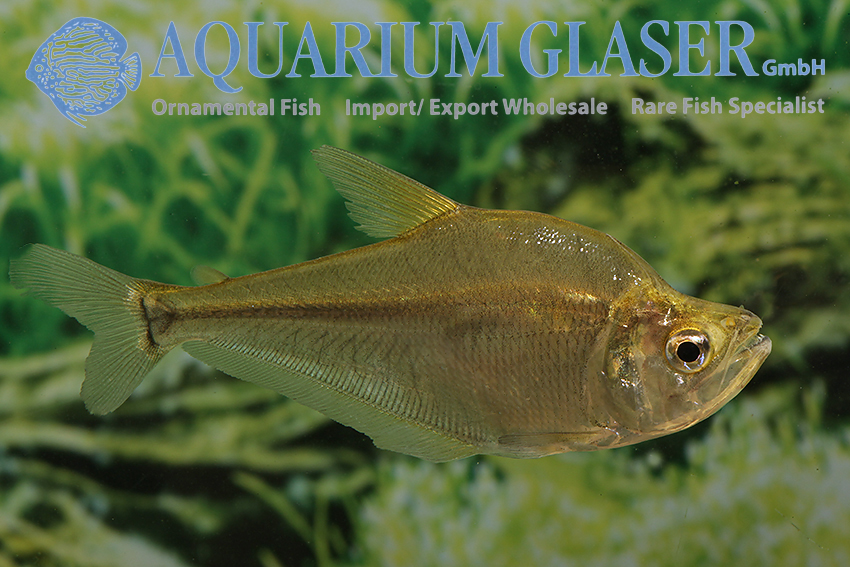
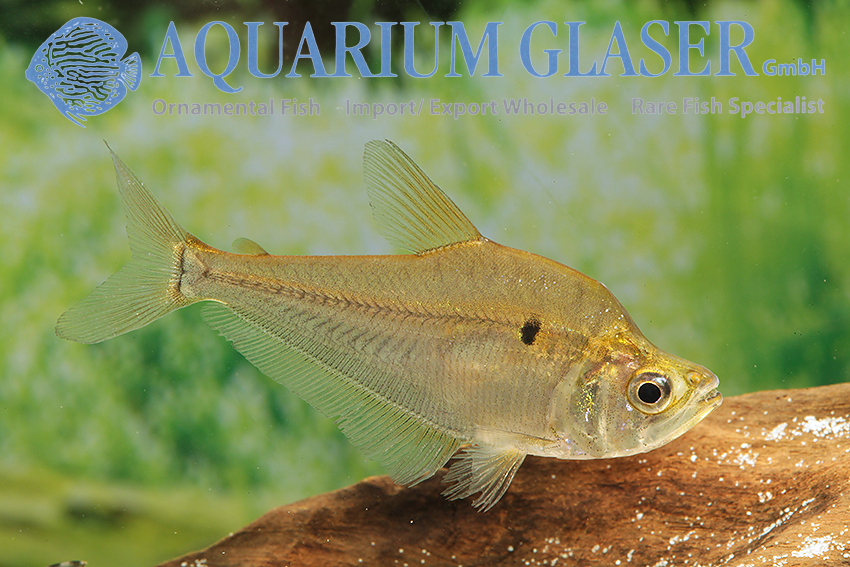
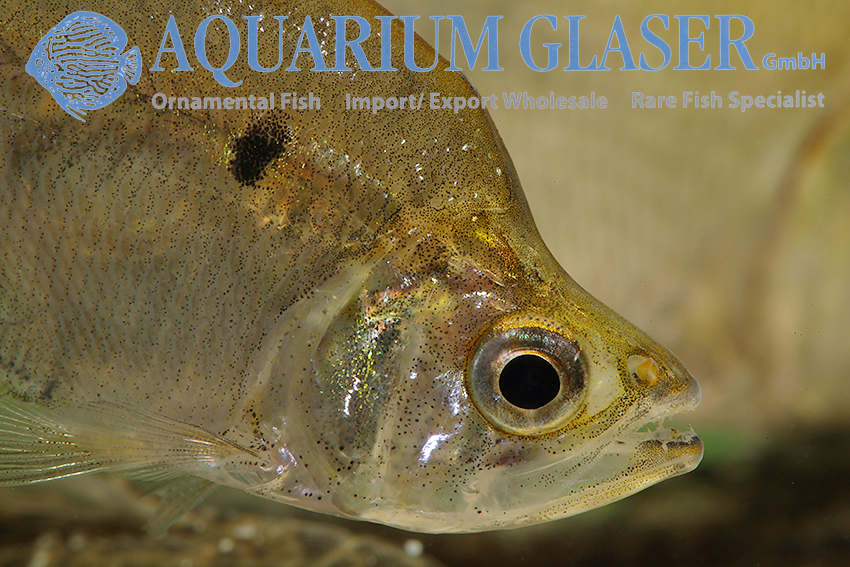
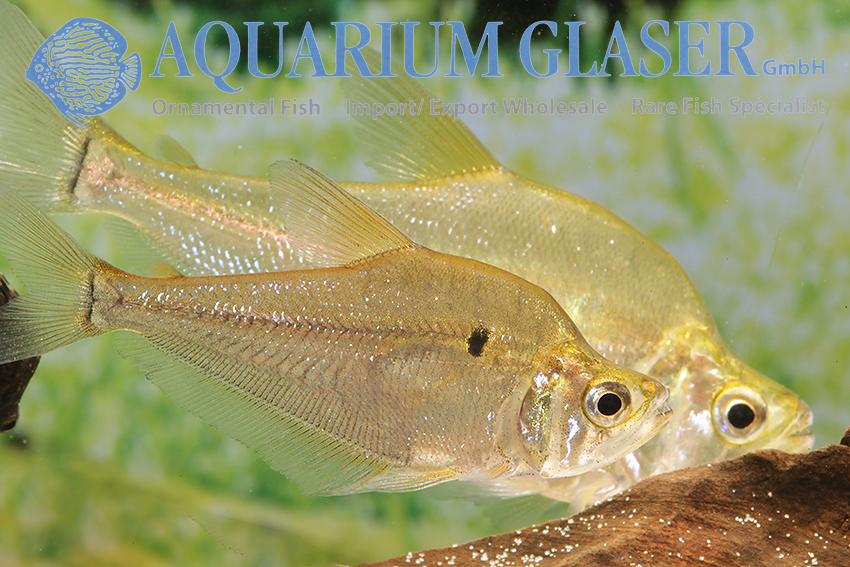
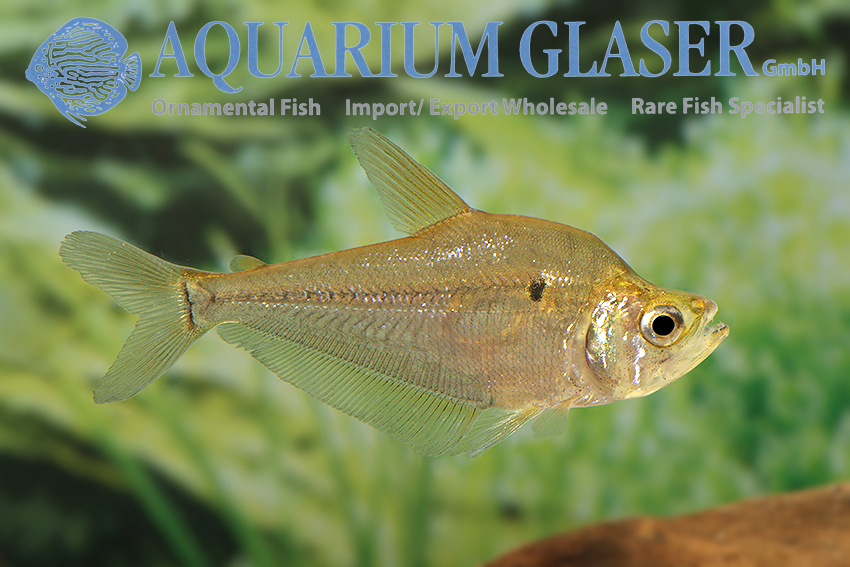
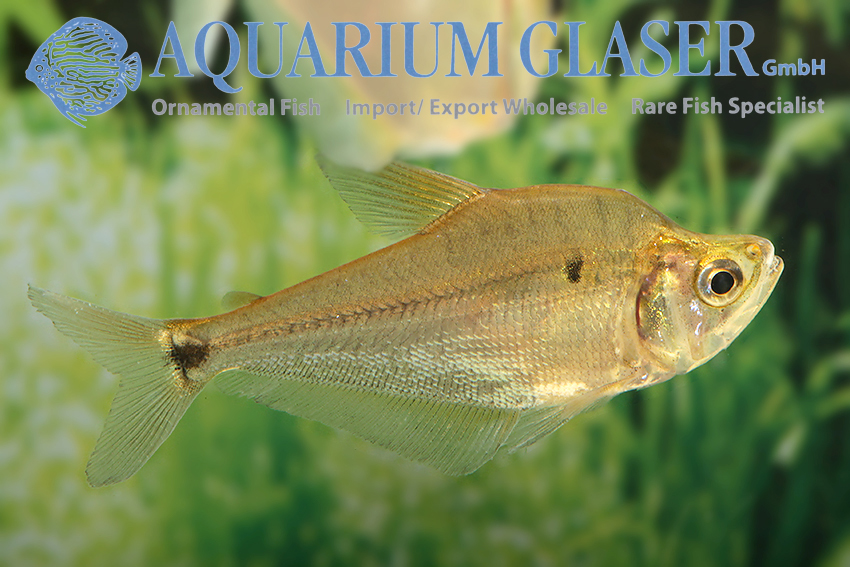
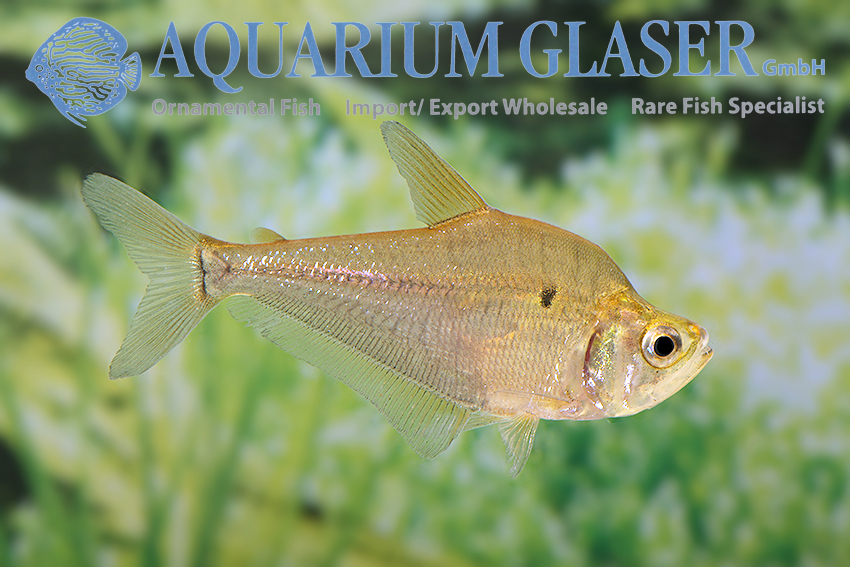
We were able to import interesting humpback tetras from Colombia, which of course presented us with identification problems. The animals are of a nice orange coloration, slightly transparent like glass. They are currently 5-7 cm long. They are attractive animals, peaceful among themselves. After many attempts we had a sufficiently sharp identification photo, in which the teeth were reasonably well visible. According to the tooth structure it had to be a Charax species. Some animals had a black shoulder spot, others a black tail root spot , some both, some neither. Close observation revealed that the fish can switch this feature on and off, apparently due to mood.
There are currently (2022) 9 Charax species described from Colombia. We found the most similarities with Charax michaeli, a species described only in 1989, which is widespread in the Amazonian drainage of Brazil, Colombia, Peru and probably also Ecuador; of course we cannot be completely sure because of the described situation, therefore the “cf. ( which means: confer, so: compare with) between genus and species name.
Charax michaeli becomes about 20 cm long according to the available publications. We warn against keeping them with small fish (less than a quarter of the length of Charax), they could end up as food, but otherwise the fish proved to be peaceful, somewhat shy contemporaries with us.
For our customers: the animals have code 216313 on our stock list. Please note that we only supply wholesale.
Text & photos: Frank Schäfer




